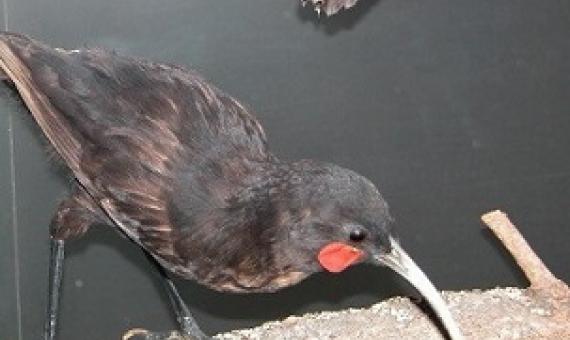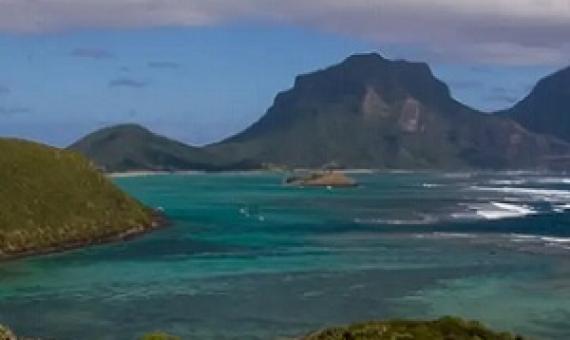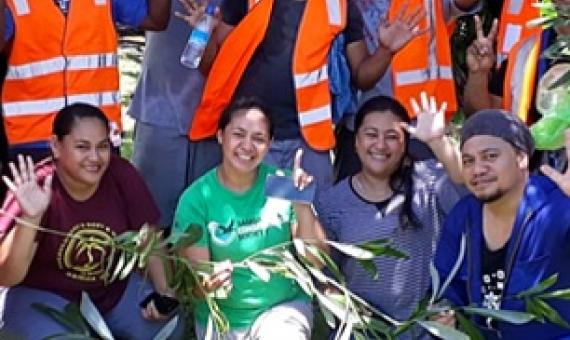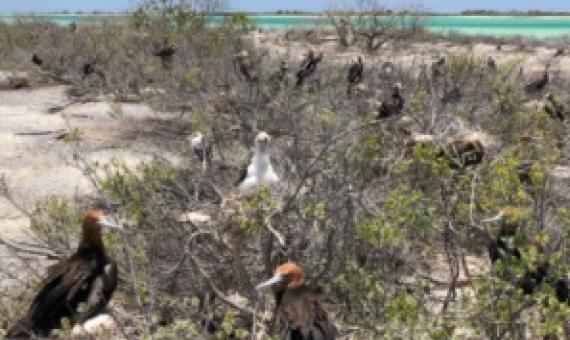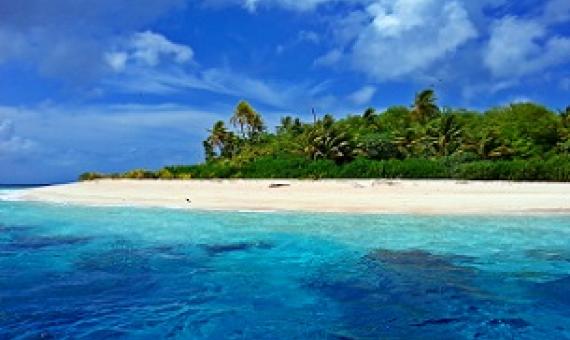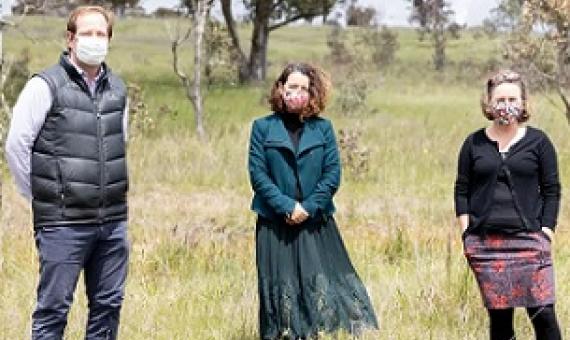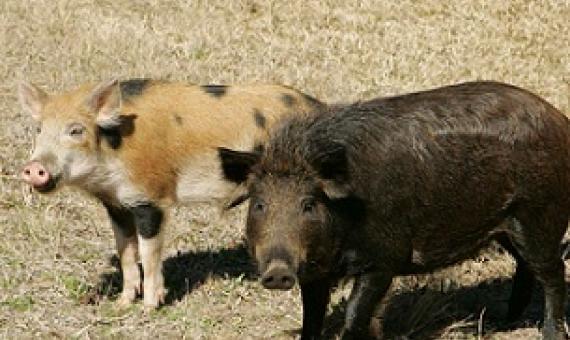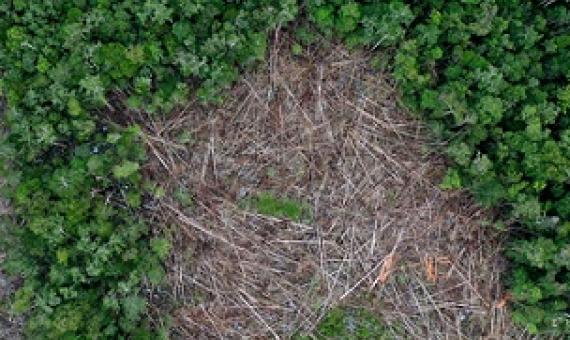Human-caused bird extinctions are driving losses of functional diversity on islands worldwide, and the gaps they leave behind are not being filled by introduced (alien) species, finds a new study led by UCL and University of Gothenburg researchers.
Conservation of Biodiversity in the Pacific Islands of Oceania: Challenges and Opportunities
Pacific Island biodiversity has a notorious record of decline and extinction which continues due to habitat loss and degradation, invasive species, overexploitation, pollution, disease and human-forced climate change. In terrestrial systems, these global and local pressures are more acute because of relatively small land to sea area, high endemism and poor adaptations to resist predation.
A historic effort to extinguish invasive rats on the ecologically sensitive island may not have worked as planned. Lord Howe Island was declared free of rodents in 2019, but the celebration may have been premature.
A project seeking to eradicate the Rattan palm, an introduced plant species that once threatened Samoa's agricultural farm land and native forests, is nearing completion according to an environmentalist...The palm was introduced by the Samoa Forestry Division for trial and observation,
Scientists’ warning – The outstanding biodiversity of islands is in peril
Despite islands contributing only 6.7% of land surface area, they harbor ~20% of the Earth’s biodiversity, but unfortunately also ~50% of the threatened species and 75% of the known extinctions since the European expansion around the globe. Due to their geological and geographic history and characteristics, islands act simultaneously as cradles of evolutionary diversity and museums of formerly widespread lineages—elements that permit islands to achieve an outstanding endemicity.
The project is designed to carry out four major key activities that includes but not limited to, the development of a management plan for the 9 protected areas and undertake to provide key equipment and tools required to carry out effective and well-coordinated patrolling, protection and monitori
Scientists are sounding the alarm. The biodiversity of islands around the world is becoming increasingly threatened, due in large part to habitat loss, overexploitation, invasive species and climate change.
Canberra’s new ecological forum held its first meeting in the Kama Nature Reserve yesterday.
Pig hunters around the island including local growers are joining forces with the government agencies, the Department of Environment and the Department of Agriculture, Forestry and Fisheries (DAFF) to tackle the problem of feral pigs on the island.
A team of leading researchers have produced global maps for the six main threats affecting terrestrial amphibians, birds and mammals: agriculture, hunting and trapping, logging, pollution, invasive species, and climate change.

